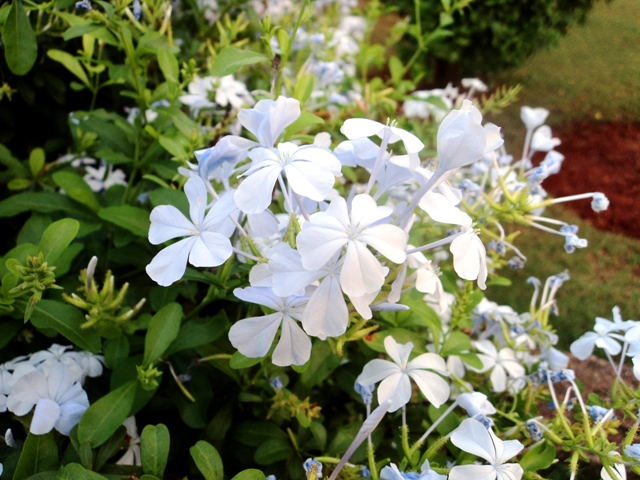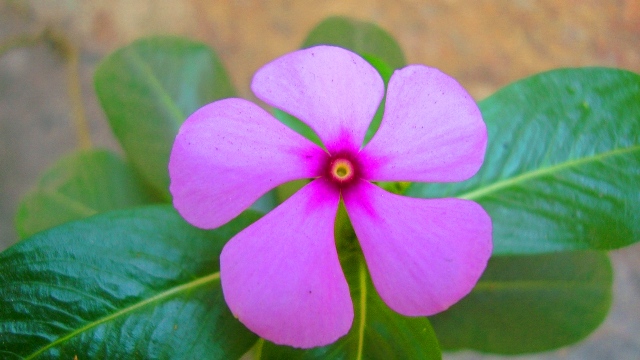Achiote, Annatto, Arnatto or Jaffra is also called Lipstick tree. It is called Sinduria or Latkan in Hindi, Latka and Latkan in Bengali, Sendri and Shadari in Marathi, Sinduri in Gujarati, Jolandhar in Assamese, Ureirom in Manipuri, Rangamali and Kunkumada gida in Kannada, Sappiravirai and Kongaram in Tamil , Kuppamanjal and Kurangumannyal in Malayalam. In Sanskrit it has a lot of names i.e. Sinduri, Markataharidra, Kampillaka, Sinduri puspi, Trinapuspi, Sinkomala, Raktabeeja, Karachamala. In Oriya we call it Kukuma or Kunkuma. It’s so called because when we break its ripe fruit the seeds if crushed emit a vermillion colored juice. Next to caramel, annatto is the world's most important natural colorant.
Its botanical name is Bixa orellana. The name orellana is derived from the name of Francisco de Orellana, a Spanish explorer of the 16th century. In English lipstick tree refers to the cosmetic use of the plant.
Achiote is a small tree cultivated in the tropical America and in S.E.Asia, where it was introduced by the Spanish in the 17th century. It is best known as the source of the natural pigment annato, produced from the fruit. The plant bears pink flowers and bright red spiny fruits which contain red seeds. The fruits dry and harden to brown capsules. The inedible fruit is harvested for its seeds, which contain annato , also called bixin. It can be extracted by stirring the seeds in water.
The tree grows up to 4 to 6 meters high. Leaves are ovate, 8 to 20 cm long, 5 to 12 cm wide, with a broad and heart-shaped base, and a pointed tip. The flowers are white or pinkish, 4 to 6 cm diameter, 4 to 6 cm in diameter on terminal panicles. The fruit is covered with rind and has soft spines. The fruit has orange red seeds in it about 50 in number. The small seeds covered with a dye-yielding red pulp. The shrub blooms between August to December and yields fruit in March/April. On ripening the fruit splits lengthwise and the seeds start appearing. After sometime the seeds dry up.
Any type of soil is suitable for Annatto. Planting can be done during the months of July to September or in January – February. Saplings can be raised from the seeds in April to May. It can be propagated both from seeds and from woody stem cuttings. Usually this plant is less prone to pests and diseases. As the fruit starts splitting the fruit is picked and kept for drying in shade for 4 days. This is kept in bags in the sun for some time and is beaten with sticks to separate the seeds.
Annatto paste is also used as a natural dye for cloth and wool and is sometimes employed in the paint, varnish, lacquer, boot polish, medicines, cosmetics and soap industries. Annatto's history of use as a food color is quite ancient and well established worldwide, and currently it is being used increasingly as cosmetics. The original Aztec drinking chocolate is reported to have contained annatto seeds since red colour is associated with blood and thus had religious connotation in Aztec society. Ancient Mayans used it as a coloring agent in foods, for body paints, and as a coloring for arts, crafts, and murals. Using annatto to deepen the colour of chocolate was common in Europe until the 17th century.
Annatto has been cultivated in India since many centuries for the yellow-orange dye obtained from its seeds, which is still used as a safe coloring agent for foods. Traditionally, the crushed seeds are soaked in water that is allowed to evaporate. A brightly colored paste is produced which is added to soups, cheeses, and other foods to give them a bright yellow or orange color.
Its leaves bark and seeds have numerous medicinal uses. The fine powder covering the seed is hemostatic and stomachic.The root-bark is antipyretic, diuretic, purgative and detoxifier. The Seeds are slightly astringent. The pulp or annatto surrounding the seeds is astringent and slightly purgative.
It has properties which are Antibacterial, antimicrobial, antiseptic, antioxidant, anti-dysenteric, anti-gonorrheal, anti- inflammatory, emollient, expectorant, febrifuge, hypoglycemic, nutritive and aphrodisiac, parasitic, digestive stimulant, hepatoprotective (liver protector), hypocholesterolemic (lowers cholesterol) antihemorrhagic (reduces bleeding), antivenin antacid, febrifuge (reduces fever), hypotensive (lowers blood pressure.
It is a wound healer and an insect repellant. It is a topical antiseptic for ear, eye, and skin infections. It is used as a cure for digestive problems (heartburn, constipation, stomachache), for prostate and urinary infections, for hypertension, for high cholesterol levels to balance, and strengthen liver function and for hepatitis and liver inflammation/pain. It is also used for skin care and skin anti-aging (for its antioxidant and ultraviolet ray protective effect) ,for diarrhea, fevers, constipation, malaria, stomachache, epilepsy, headache, inflammation, sore throat, tumors, vaginitis, venereal disease, for conjunctivitis, obesity, prostatitis, renal problems,urogenital infections, flu, jaundice. In the Caribbean, annatto leaves and roots infusion is taken as an aphrodisiac. The leaves alone make an infusion that is used as a gargle. The seed pulp reduces blistering when applied immediately to burns. Taken internally, the seed pulp acts as an antidote for poisoning. 1/2 cup leaf decoction or if required 5-10 mg Seed powder twice daily is used as the dosage.
It might raise blood sugar levels and may potentiate medications used to treat hypertension. The seed extract was reported to elevate blood sugar levels in dogs, and it is therefore contraindicated for people with diabetes.
But no doubt it is a wonder herb and a tree which is can only be described as a gift of the Divine to the mankind. Its benefits are both numerous and wonderful. It should be planted in every household; it can be because it asks for little care and gives us so much.




































